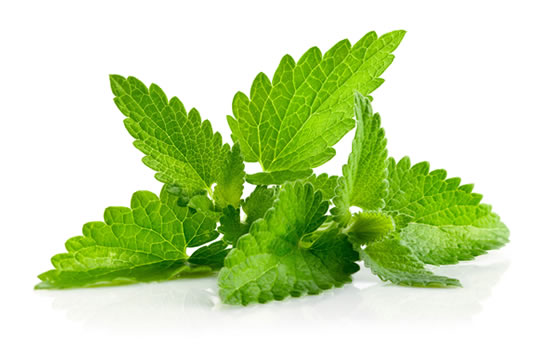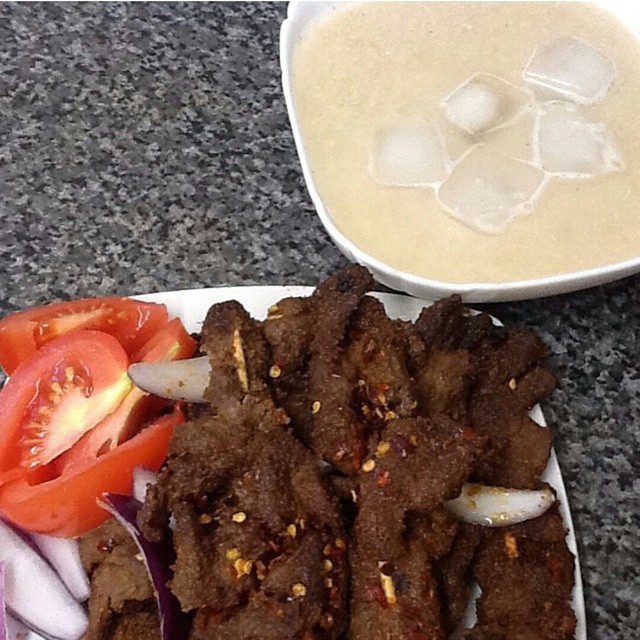Pain, no matter how little, is an experience that no one finds desirable. Regardless, pain is common, and many people always keep pain meds around in the house to combat their next pain episode. But did you know medications are not the only ways to find relief?

Heat and cold therapy are time-tested, natural methods to relief pain, reduce discomfort, support healing, and improve mobility. Each method helps support the body’s healing process in its own unique way. Whether you’re dealing with soreness, inflammation, or muscle stiffness, both heat and cold therapy offer powerful tools for comfort and recovery. Today’s post talks about how you can use each therapy safely and effectively. Let’s get to it!
How to Use Heat Therapy for Cold Relief
Heat therapy works by increasing circulation and relaxing tissues. When heat is applied to an area of the body, it opens up blood vessels and promotes better oxygen and nutrient flow. This helps muscles loosen up and reduces stiffness in joints or connective tissue.
Common Forms of Heat Therapy
- Warm baths: Full-body or localized soaking
- Hot water bottles: A gentle and accessible heat source
- Steamed towels: A moist option that penetrates tissue effectively
Benefits of Heat Therapy
- Soothes tight or overworked muscles
- Relieves joint stiffness
- Reduces muscle spasms
- Enhances flexibility before physical activity
Safety Tips
- Limit use to 15–20 minutes at a time
- Avoid applying heat to areas with swelling or open wounds
- Use a towel or cloth as a barrier to prevent burns.
Heat therapy is often used before exercise or stretching routines, and it’s a great option when you want to promote relaxation or ease daily muscle tension.
How to Use Cold Therapy for Pain Relief
Cold therapy, also known as cryotherapy, helps reduce inflammation and numb sharp pain. When cold is applied to the skin, it slows down blood flow to the area, which helps reduce swelling and inflammation.
Common Forms of Cold Therapy
- Ice packs or gel packs: Convenient for targeted relief
- Cold compresses: Ideal for headaches or smaller areas
- Ice massage: Used for small, localized pain spots
- Cold baths or immersion: Often used by athletes after intense workouts
Benefits of Cold Therapy
- Minimizes inflammation and swelling
- Numbs nerve endings to dull pain
- Helps manage acute injuries like sprains or strains
- May reduce muscle soreness after exercise.
Safety Tip
- Use for 10–15 minutes at a time
- Always wrap ice or frozen items in a cloth
- Avoid prolonged exposure to prevent skin damage.
Cold therapy is ideal for immediate relief following physical activity or injury. It’s a great tool to keep in your pain management toolkit, especially for reducing short-term discomfort.
Conclusion
Both heat and cold therapy offer natural ways to support healing and manage pain. Whether you’re recovering from a tough workout or dealing with a chronic condition, using the right method at the right time can make a big difference.
Subscribe to our newsletter for more updates from us.









